Ask AI on The Internet
Question: Read the following case study carefully and answer all the questions that follow: (Note: this case study is a follow-up of Tshepo’s case study used in assignment 02 but adapted to fit the assessment criteria for assignment 03.) Tshepo, a bright, intelligent and enthusiastic five-year-old, was diagnosed with autism spectrum disorder (ASD) at the age of three. After a long struggle to find a school for Tshepo, he was admitted to an inclusive school willing to accommodate him with his specific needs. The transition to the inclusive school marked a turning point in Tshepo's educational journey. With access to tailored support and an individualised education plan (IEP), Tshepo made remarkable progress in his academic and personal development. Tshepo cannot communicate verbally although his parents understand his gestures. He understands pictures in picture books. Tshepo can follow one-step instructions but struggles to comprehend multi-step instructions. He finds it difficult to sustain focus on tasks or follow instructions for an extended period. He prefers to play alone and not with his classmates. Tshepo requires assistance with basic self-care tasks, such as dressing, eating, and personal hygiene. Due to his inability to communicate verbally, Tshepo exhibits challenging behaviour such as temper tantrums when his needs are not addressed. He does not like loud noises and would run away when he feels unsafe. 1. In the case study it is mentioned that an individual educational plan was developed for Tshepo. 1.1 Explain what an Individual Educational Plan (IEP) is. Use your own words. [2] 1.2 What are four goals that should be achieved in an IEP? [4] 1.3 Based on the information provided in the case study, create an individual education plan (IEP) for Tshepo. You can use the IEP form of your school or create your own based on the checklist below. [20] 1.4 As part of your IEP, you should copy, paste and complete the following checklist to ensure that you incorporated all the information in Tshepo’s IEP form. (In other words, the information provided in the checklist below should be reflected in Tshepo’s IEP. [4] Checklist for developing an IEP Does the IEP include the following? Description Yes No Collaboration among team members Includes the school-based support team and parents/guardians Goals Annual goals and short-term objectives (per term) Current situation Recognises and builds on a learner’s present level of development, taking note of the learner’s strengths, needs, as well as relevant assessment information Services/Supports Indicates what is needed to achieve goals, including therapists, frequency and duration Accommodations and modifications To ensure that the learner can access the curriculum and benefit from instruction Make recommendations for appropriate placement Either special or general Include an evaluation plan Specifies the timeline for evaluating progress Outline a possible transition plan From the age of 14 years (not applicable to Grade R learners) n.a. n.a. Please continue to the next page for question 2. 2. Explain the term Universal Design for Learning (UDL). Use your own words. [2] 3. Give three practical examples of how you can implement UDL in Tshepo’s Gr R classroom. [6] 4. Name any four teaching strategies that can be used for teaching and learning in Tshepo’s Gr R classroom [4] 5. Explain how you could use each of these teaching strategies to teach the theme “Myself” in a Grade R classroom.
**1.1 Explain what an Individual Educational Plan (IEP) is. Use your own words. [2]** An Individual Educational Plan (IEP) is a detailed document crafted for a student with special needs. It outlines tailored educational goals, strategies, and resources specifically designed to address the unique requirements of the student, ensuring they receive the necessary support to thrive academically and personally. **1.2 What are four goals that should be achieved in an IEP? [4]** 1. **Development of Communication Skills:** Enhancing the student's ability to communicate effectively, whether through verbal, non-verbal, or alternative communication methods. 2. **Academic Progress:** Setting realistic yet challenging academic objectives based on the student's current level of performance. 3. **Improving Social Skills:** Encouraging interaction with peers and improving social behavior and integration within the school environment. 4. **Independence in Self-Care:** Teaching and assisting the student in performing basic self-care tasks to promote independence. **1.3 Based on the information provided in the case study, create an individual education plan (IEP) for Tshepo. [20]** --- **Individual Educational Plan (IEP) for Tshepo** **Student Information:** - **Name:** Tshepo - **Date of Birth:** [Insert DOB] - **Grade:** R **Team Members Involved:** - Parent/Guardian: [Names] - Classroom Teacher: [Name] - Special Education Teacher: [Name] - Therapist(s): [Names] - School Support Team Member: [Name] **Goals and Objectives:** 1. **Communication:** - **Annual Goal:** Enhance Tshepo’s ability to communicate needs and feelings. - **Short-term Objectives:** - Encourage the use of picture cards for basic needs (term 1). - Implement communication board for simple sentences (term 2). - Teach basic sign language for common phrases (term 3). 2. **Academic Progress:** - **Annual Goal:** Improve understanding and execution of academic tasks. - **Short-term Objectives:** - Follow one-step instructions consistently (term 1). - Begin recognizing and naming basic shapes and colors (term 2). - Participate in group reading sessions with picture books (term 3). 3. **Social Skills:** - **Annual Goal:** Foster positive interactions with peers. - **Short-term Objectives:** - Participate in a paired activity once a week (term 1). - Join a small group play session twice a week (term 2). - Share and take turns with peers during activities (term 3). 4. **Self-Care Independence:** - **Annual Goal:** Improve skills in performing self-care tasks. - **Short-term Objectives:** - Practice dressing with assistance (term 1). - Use visual schedules for personal hygiene steps (term 2). - Feed himself with minimal assistance (term 3). **Current Situation:** - **Strengths:** Understands pictures, can follow one-step instructions, shows enthusiasm for learning. - **Needs:** Assistance with communication, focus, social interaction, self-care tasks. - **Assessment Information:** Diagnosed with ASD, non-verbal. **Services/Supports:** - **Therapist (Speech and Occupational):** Sessions twice a week for 30 minutes each. **Accommodations and Modifications:** - Use of picture boards and visual aids. - Break tasks into small, manageable steps. - Provide a quiet and safe space for Tshepo to retreat when overwhelmed. **Recommendations for Appropriate Placement:** - General classroom with individual support from special education staff. **Evaluation Plan:** - Monthly review meetings to assess progress. - End-of-term evaluations to revise and adjust goals as needed. **Checklist for developing an IEP for Tshepo: [4]** Does the IEP include the following? | Description | Yes | No --- | --- | --- | --- Collaboration among team members | Includes the school-based support team and parents/guardians | Yes | Goals | Annual goals and short-term objectives (per term) | Yes | Current situation | Recognises and builds on a learner’s present level of development, taking note of the learner’s strengths, needs, as well as relevant assessment information | Yes | Services/Supports | Indicates what is needed to achieve goals, including therapists, frequency and duration | Yes | Accommodations and modifications | To ensure that the learner can access the curriculum and benefit from instruction | Yes | Make recommendations for appropriate placement | Either special or general | Yes | Include an evaluation plan | Specifies the timeline for evaluating progress | Yes | Outline a possible transition plan | From the age of 14 years (not applicable to Grade R learners) | n.a. | n.a. --- **2. Explain the term Universal Design for Learning (UDL). Use your own words. [2]** Universal Design for Learning (UDL) is an educational framework aimed at meeting the diverse needs of all students by providing multiple means of engagement, representation, action, and expression. It encourages flexible teaching approaches and resources to accommodate individual learning differences. **3. Give three practical examples of how you can implement UDL in Tshepo’s Gr R classroom. [6]** 1. **Multiple Means of Representation:** - Use visual aids like picture books and flashcards to explain concepts since Tshepo responds to visual stimuli. - Integrate videos and digital media for interactive learning experiences. 2. **Multiple Means of Engagement:** - Provide choices in activities to maintain Tshepo's interest (e.g., different play centers around the classroom). - Establish a quiet corner with sensory tools where Tshepo can go if overwhelmed by noise. 3. **Multiple Means of Action and Expression:** - Allow Tshepo to express his understanding through drawings or gesture-based responses instead of verbal communication. - Use a communication board or assistive technology to help Tshepo convey his thoughts and needs. **4. Name any four teaching strategies that can be used for teaching and learning in Tshepo’s Gr R classroom [4]** 1. Visual Supports 2. Structured Routine 3. Hands-on Learning 4. Peer Interaction **5. Explain how you could use each of these teaching strategies to teach the theme “Myself” in a Grade R classroom. [8]** 1. **Visual Supports:** - Use pictures depicting different parts of the body. Create a visual chart showing a routine related to personal hygiene like brushing teeth or washing hands. 2. **Structured Routine:** - Establish a daily schedule where activities around the theme “Myself” are consistently placed (e.g., circle time at the start of the day to discuss body parts). 3. **Hands-on Learning:** - Have interactive activities where children can trace their bodies on large sheets of paper and label parts. - Provide materials for children to create self-portraits with different textures to engage their senses. 4. **Peer Interaction:** - Pair Tshepo with a buddy for activities, encouraging them to learn about each other and point out different body parts together. - Organize group games that involve identifying and naming body parts, fostering social interaction and collaborative learning. By implementing these strategies, you ensure that Tshepo is fully supported in learning the theme "Myself" while also meeting his unique needs.
Think your answer is better than the AI's? Post it below.
Other Most Relevant Posts:
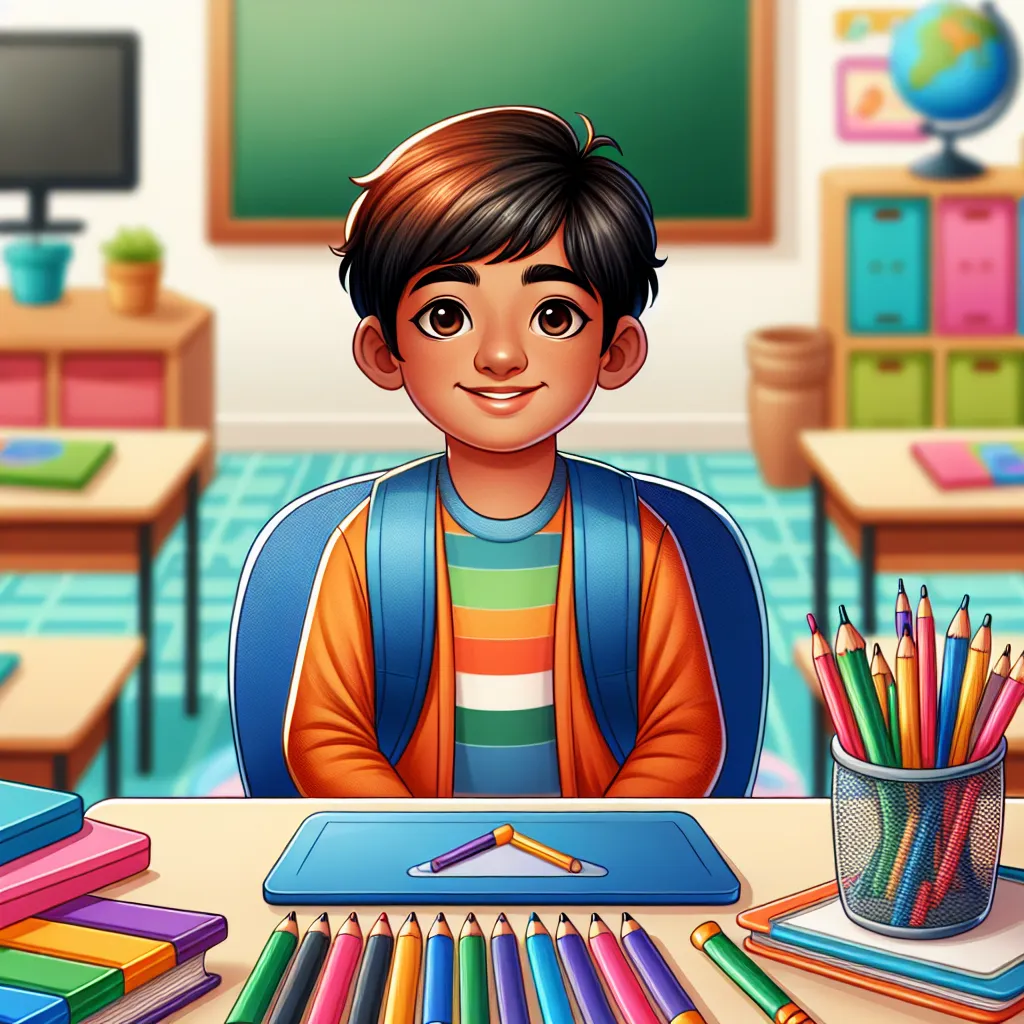 1. What is an IEP and its Goals?
2. Crafting Tshepo's IEP
3. Understanding Universal Design for Learning (UDL)
4. UDL in Tshepo's Classroom
5. Teaching Strategies for Tshepo
1. What is an IEP and its Goals?
2. Crafting Tshepo's IEP
3. Understanding Universal Design for Learning (UDL)
4. UDL in Tshepo's Classroom
5. Teaching Strategies for Tshepo
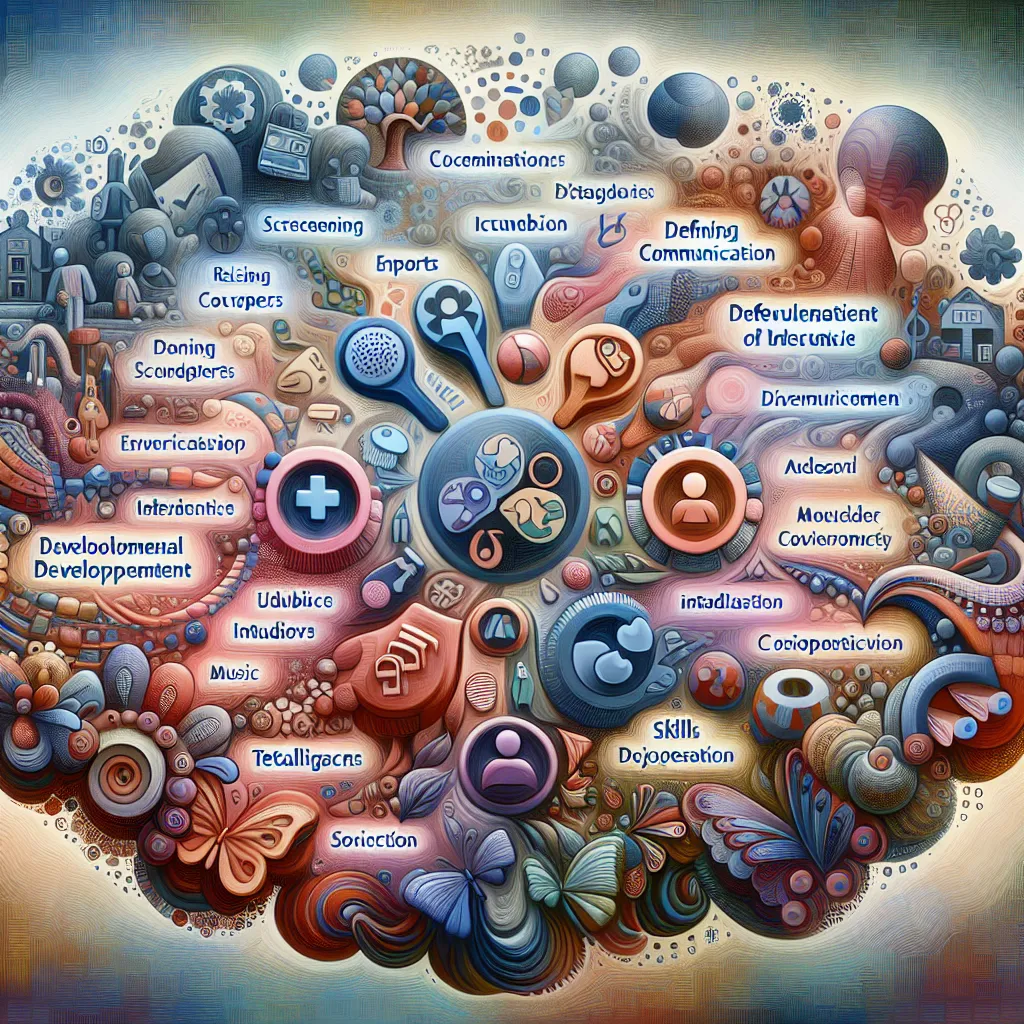 # Assignment 04 Questions
# Importance of Early Screening for Teachers
# Examples from the Case Study
# Developmental Checklist for Tshepo
# Developmental Concerns
# Language Development Red Flag
# Assignment 04 Questions
# Importance of Early Screening for Teachers
# Examples from the Case Study
# Developmental Checklist for Tshepo
# Developmental Concerns
# Language Development Red Flag
Question Tags
If you want your question answered by an AI, click here.
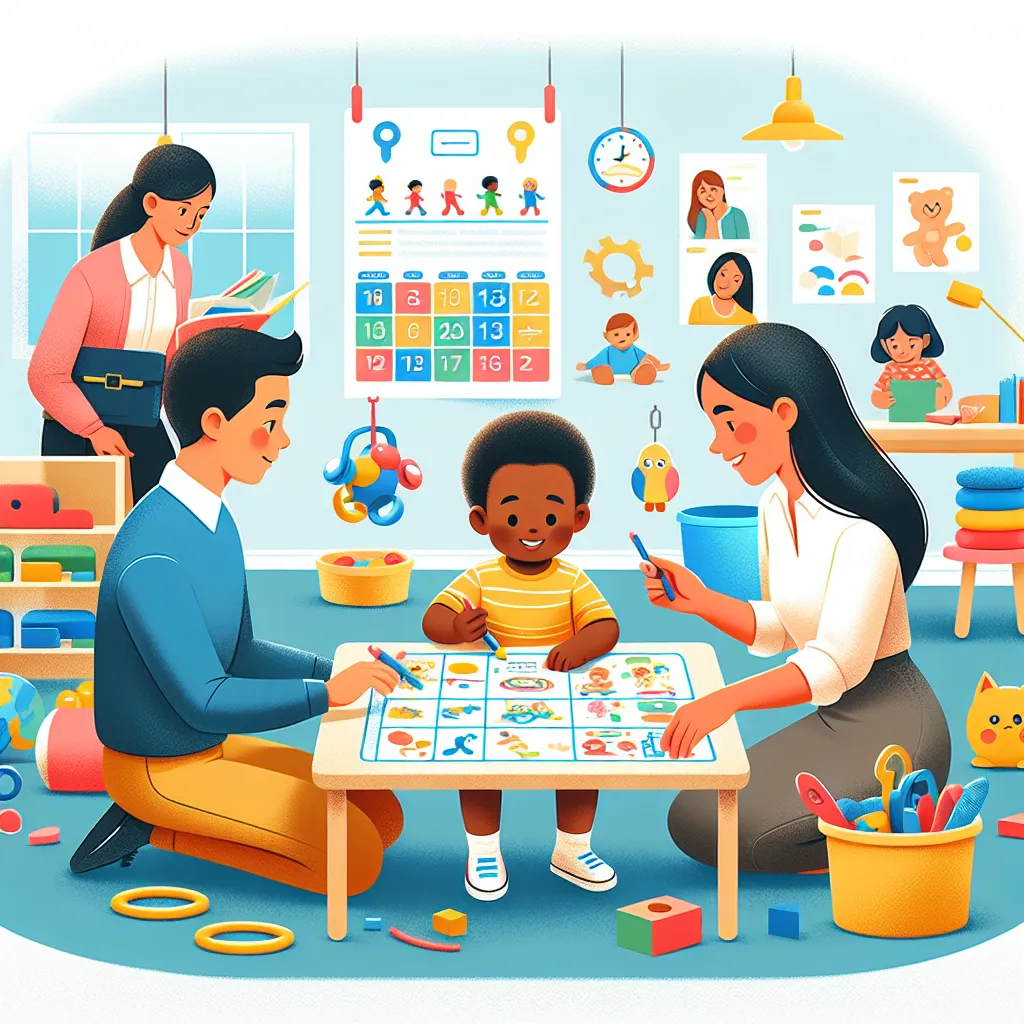

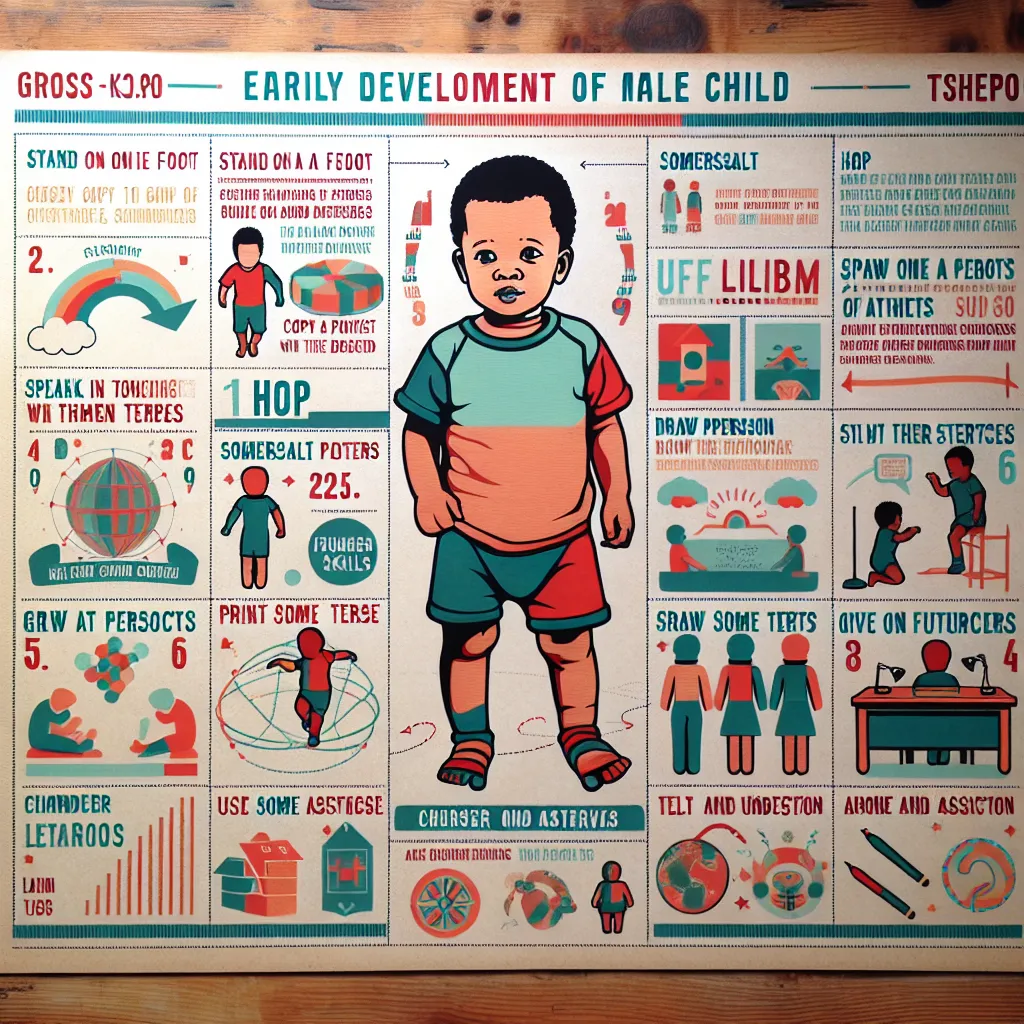
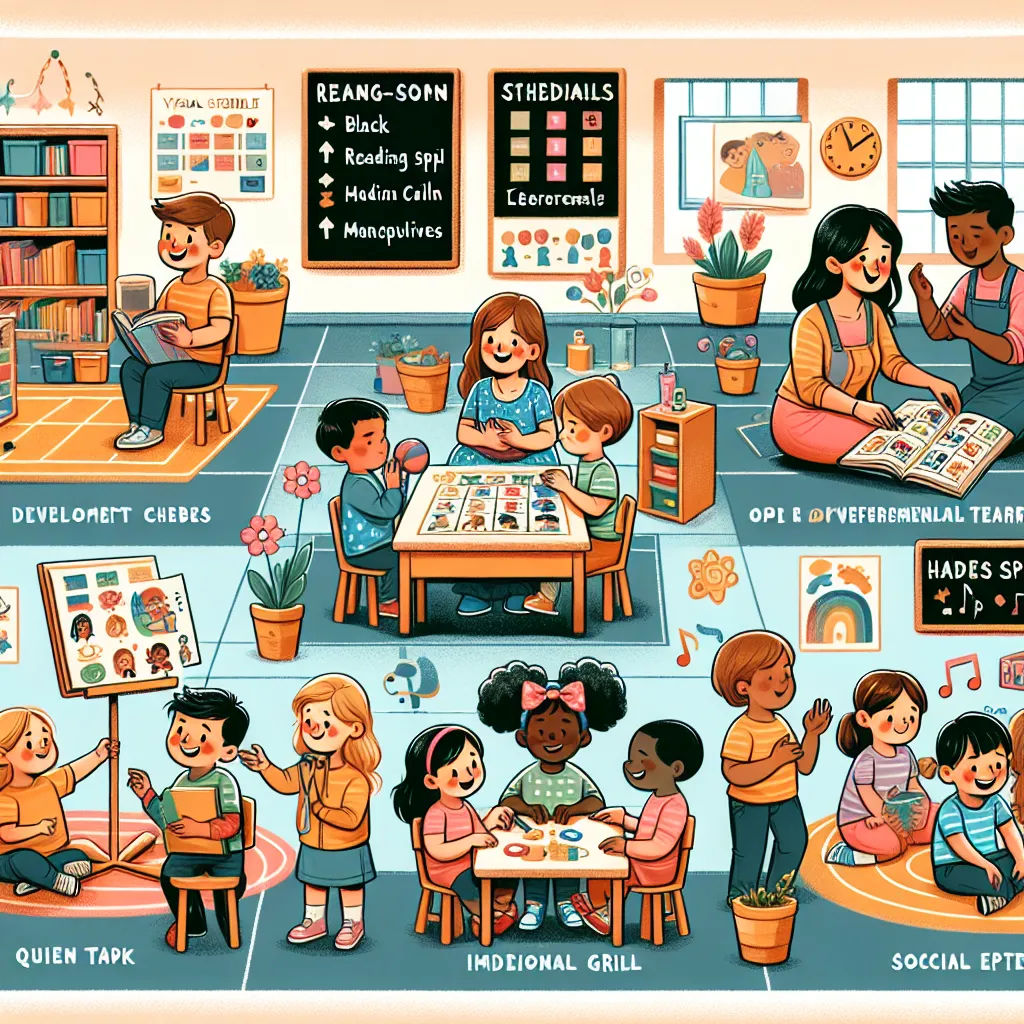
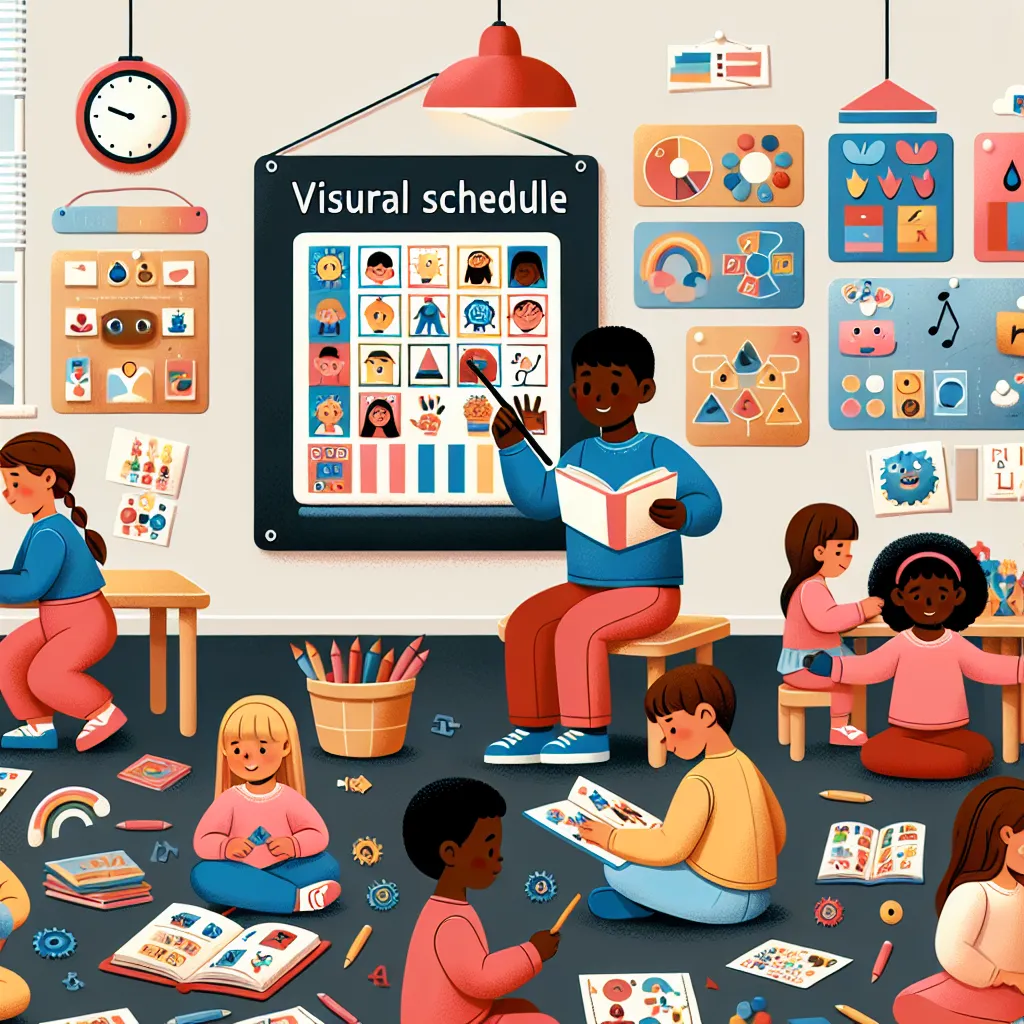
Post your own comment: